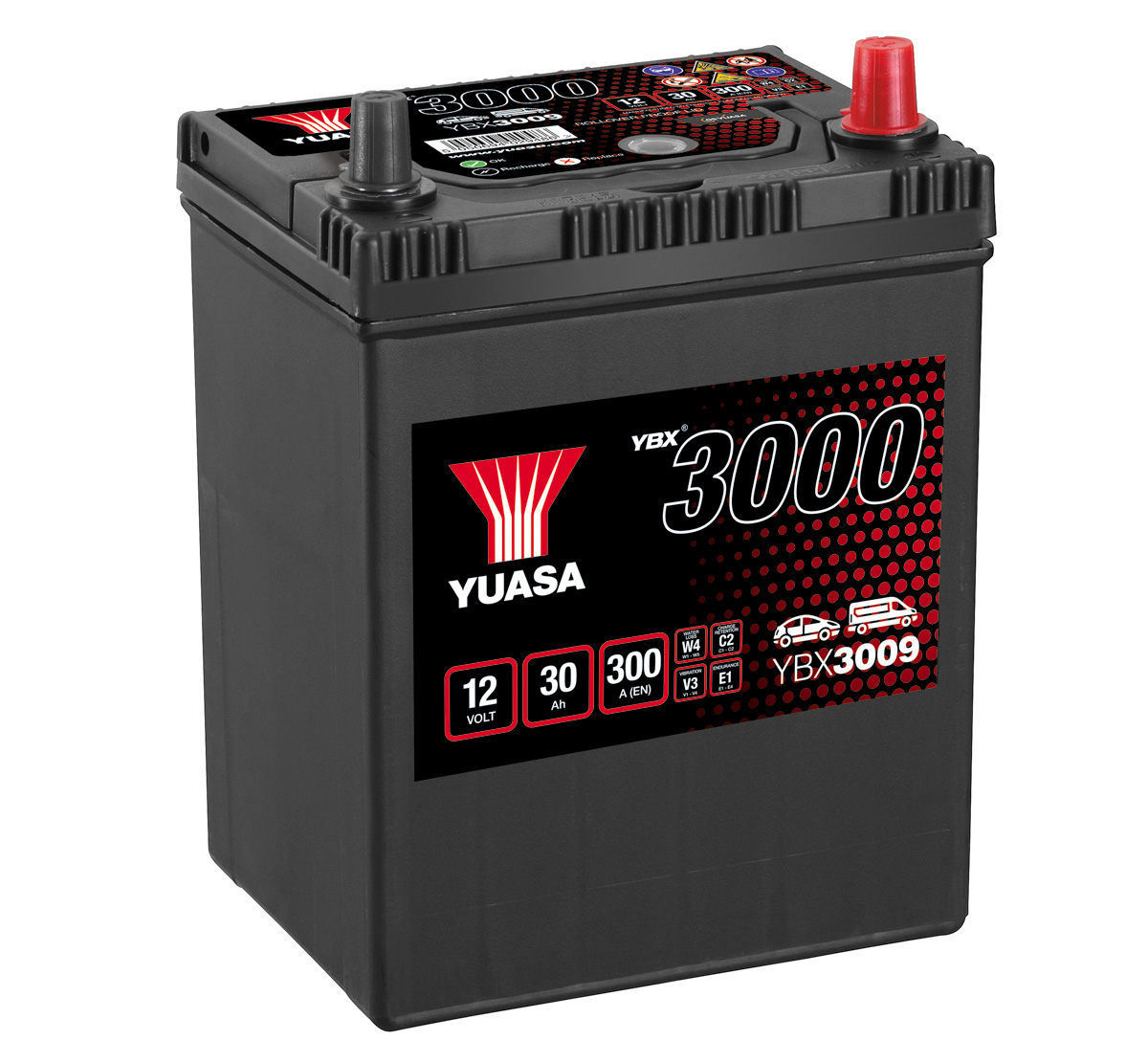

The battery was discharged at a current of 0.1 C, and the discharge time was recorded. The first repair time should be no less than 48 hours. The battery has no maintenance value.Ĭonnect the positive and negative outputs of the repairer to the positive and negative poles of the battery, turn on the repairer, and repair the battery. If the battery voltage is lower than 12V, especially below 10.8V, the battery may have an internal short circuit.

After the end of charging, after the battery is still for half an hour, measure the open circuit voltage of the battery. If there are free molecules in each cell, use the pour and pipette to aspirate the visible free molecules to keep the battery in a quasi-lean state. If not, you need to make up 0.1% of the solution until a few free molecules appear. After charging, observe whether there are free molecules inside the battery. In order not to pollute the environment, the battery should be placed in a specific container. Note that when charging, there will be gas carrying electrolyte from the vent hole. After 16.2V, the charging voltage is maintained by reducing the current until the charging current drops to 0.03C. At the beginning, it is charged with a current of 0.1C to 0.25C.

If the battery capacity is reduced only because the deactivation time is long, and this step is not required, you should go directly to step 3 for pre-charging.Ĭonstant voltage current limiting charging of the battery. If there is no black turbidity, wait for 4 hours and the water is well deep into the battery. If there are obvious black turbid impurities, the positive plate of the battery has been obviously softened, and the possibility of battery repair is relatively small. At the same time, check whether it is made of black impurities. Add 0.1% to 0.5% of the electrolyte to the battery, and there is just a flowing electrolyte on the battery. Observe the internal condition of the battery. Carefully remove the exhaust valve and store it. Pry open the glued or heat-sealed battery cover to expose the rubber exhaust valve of the maintenance-free battery. Open the exhaust valve and observe the electrolyte inside the battery.
MAINTENANCE FREE CAR BATTERY INDICATOR PLUS
The introduction of a 5 YEAR WARRANTY on the Conventional Plus range, further aids the ‘up sell’ process from the Conventional battery.How to repair the maintenance-free battery? Aug 30, 2019īefore maintaining the battery, first clean the dust on the surface of the battery being repaired, and remove the stain and rust on the terminal.Ģ. It utilises an easy to understand ‘traffic light system’ GREEN – OK BLACK – Needs Charging and WHITE Replace the battery. The range include a State Of Charge Indicator (SOCI) on each battery, which works in a similar way to a hydrometer and clearly displays the battery’s ‘state of charge’. Apart from being completely maintenance free, this technology is vital when the battery is installed in the cabin rather than under the bonnet. The Conventional Plus range is fitted with a sealed, maintenance free lid, which encompasses the use of labyrinth technology and brings added safety. Specifically designed to support vehicles with an increased number of ‘in car electrical loads’, such as DVD players, Media Players, Satellite Navigation Systems or iPod’s, the Conventional Plus exceeds consumer expectations. With over 85% coverage of the European Car Parc, the Conventional Plus range is suited to those who demand more from their vehicle. The Conventional Plus Range has been specifically designed to exceed O.E specification and to offer superior performance, with increased service life, in even the most demanding conditions.


 0 kommentar(er)
0 kommentar(er)
